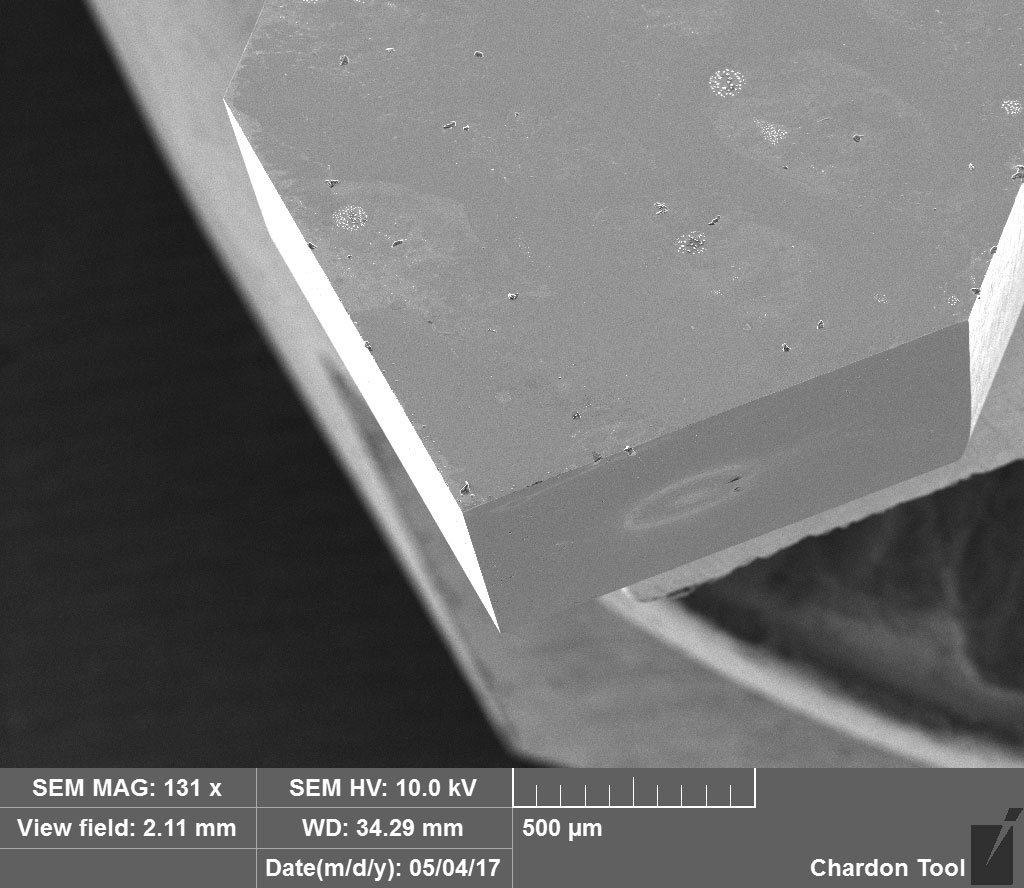


Upon close inspection, this example is not unproblematic since Victorinus’ division of the decasyllabic final line has it ending in an iamb (u?) though the last two syllables are actually a long syllable first and then an anceps (a short or long syllable treated as long at the end of the line). This acoustic feature is marked for the eye with a vertical line above the syllable. This division puts a probable ictus (or verse beat) on the second, fourth, sixth, and ninth syllables. He describes the second half as two dactyls (? u u ? u u).
#LATIN SCANSION TOOL PLUS#
166, 172, 268) the first half he describes as an iambic syzygy (x ? u ?) plus half a foot (?), a syzygy being the combination of two feet into one metrical unit. He divides the hendecasyllabic first two lines of the alcaic stanza into two halves ( Keil VI.

One prominent grammaticus of the 4th century CE, Marius Victorinus, gives a varied and thorough analysis of Horace’s meters. Although most of the texts written by these grammatici come from the fourth and fifth centuries CE, they help us see things we would not see otherwise, even in texts from the Classical period (2nd century BCE – 2nd century CE), since they drew upon teachings from centuries earlier. 4 The grammatici Latini were ancient teachers of language who wrote about various aspects of Latin. The metrical composition of the individual lines of the alcaic stanza is variously explained by the ancient grammatici Latini. When studying Latin poetry, it is important to look at how the Romans described their own versification. The basic pattern of the alcaic stanza is two lines of eleven syllables (hendecasyllabic), followed by one line of nine syllables (enneasyllabic), and a final line of ten syllables (decasyllabic). Latin verse is comprised of a pattern of long and short syllables. This paper will use Horace’s most well known poem, Odes I.9, the Soracte Ode, to illustrate the usefulness of ancient descriptions of meter, including accent and ictus, in a Latin lyric. Such interaction between natural word accent and artificial ictus, or verse beat, can also be useful in our responses to other meters, including lyric. The interplay of ictus and accent is already very familiar to modern students and scholars, not only of English poetry, but also of Latin poetry-from its pervasive and important effects in epic verse: it is commonly accepted that Latin epic generally aims for syncopation between accent and ictus in the middle of the line and coincidence at the end. “If we take the idea of a poetic language seriously, it can be defined first as a language in which the sound of the words is raised to an importance equal to that of their meaning, and also equal to the importance of grammar and syntax.” As we read Latin poetry, the very local effects of sound in a specific line of a specific poem can be as important as the larger thematic issues raised by the poem itself. The various ways these grammarians, the grammatici Latini, described Latin verse affected how it was read, and how it was read affects how we perceive it. 2 The ictus or verse beat was a way of measuring and dividing the line into feet or larger metrical pieces.

A major aspect of the ancient description of meter was an emphasis on the ictus, also known as verse beat or pulse, which was an artificial accent, mentioned by Horace and Quintilian and used by the ancient grammarians, the teachers of the Latin language, to help students scan a line aloud. This paper considers the way the Romans defined and explained the alcaic meter, the meter used most often in the Odes of Horace, the first century BCE master of Latin lyric, and how it can enhance our reading of his poems. Wilkinson, Horace and His Lyric Poetry (1945) p. “.with Alcaics it is no light task to reproduce the gathering wave of the first two lines, the thundering fall of the third and the rapid backwash of the fourth…” -L.P. Having worked on this undergraduate research topic now for a couple years, I intend to submit an expanded version of the paper as a writing sample to graduate schools in the hopes of continuing my research and developing it into a Master’s thesis. I hope to start graduate school next fall in Classical Studies.


 0 kommentar(er)
0 kommentar(er)
